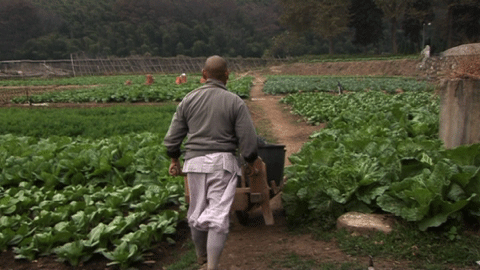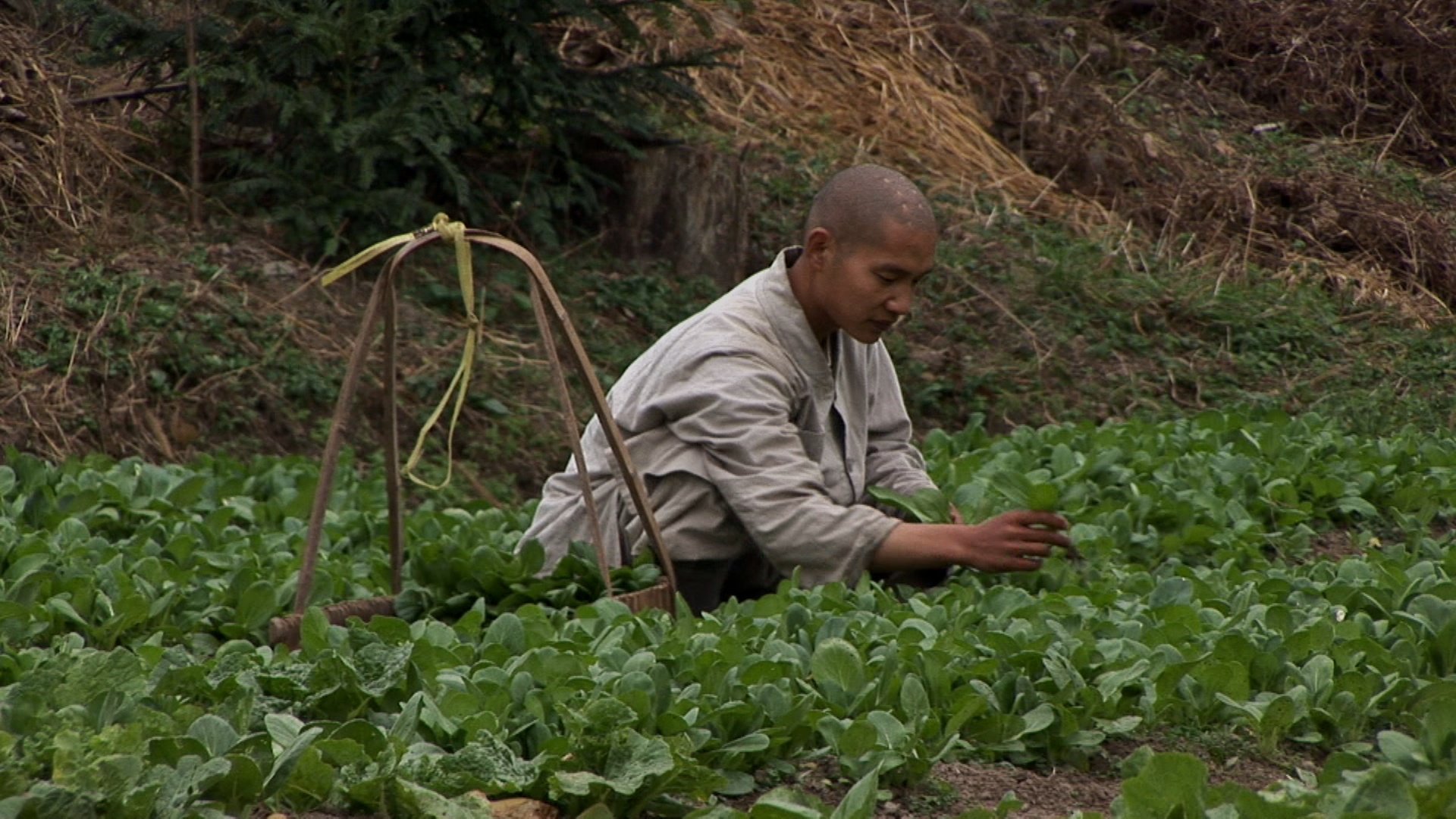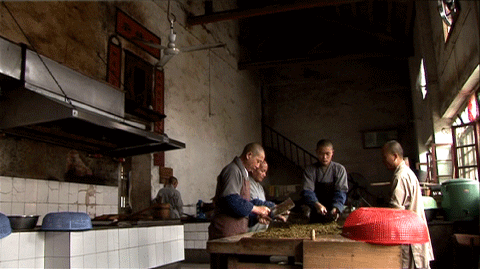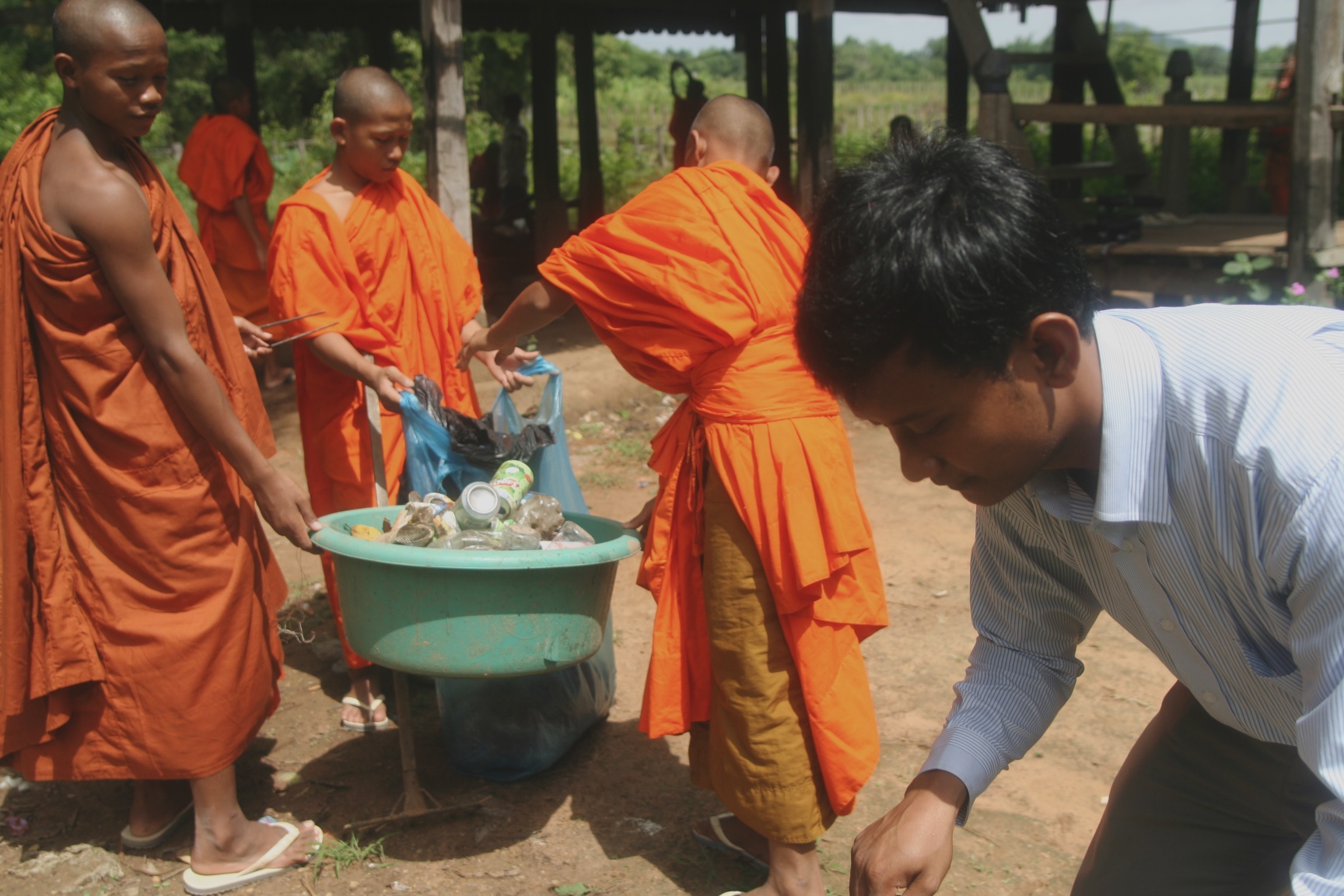We are really happy that Rev. Heng Sure will be introducing ONE MIND and joining the Q&A at the upcoming premiere this Sunday, Dec. 18th. He is the director of the Berkeley Buddhist Monastery, which is in the lineage of the late Master Xu Yun (Empty Cloud) who revived Zhenru Chan Monastery in the mid-20th century. Rev. Heng Sure is a groovy monk (he’s also a banjo player and nature photographer) and we think everyone will enjoy hearing his reflections on the film.
Watch Rev. Heng Sure tell a story about Master Xu Yun and why breaking a tea cup isn’t always a bad thing!












